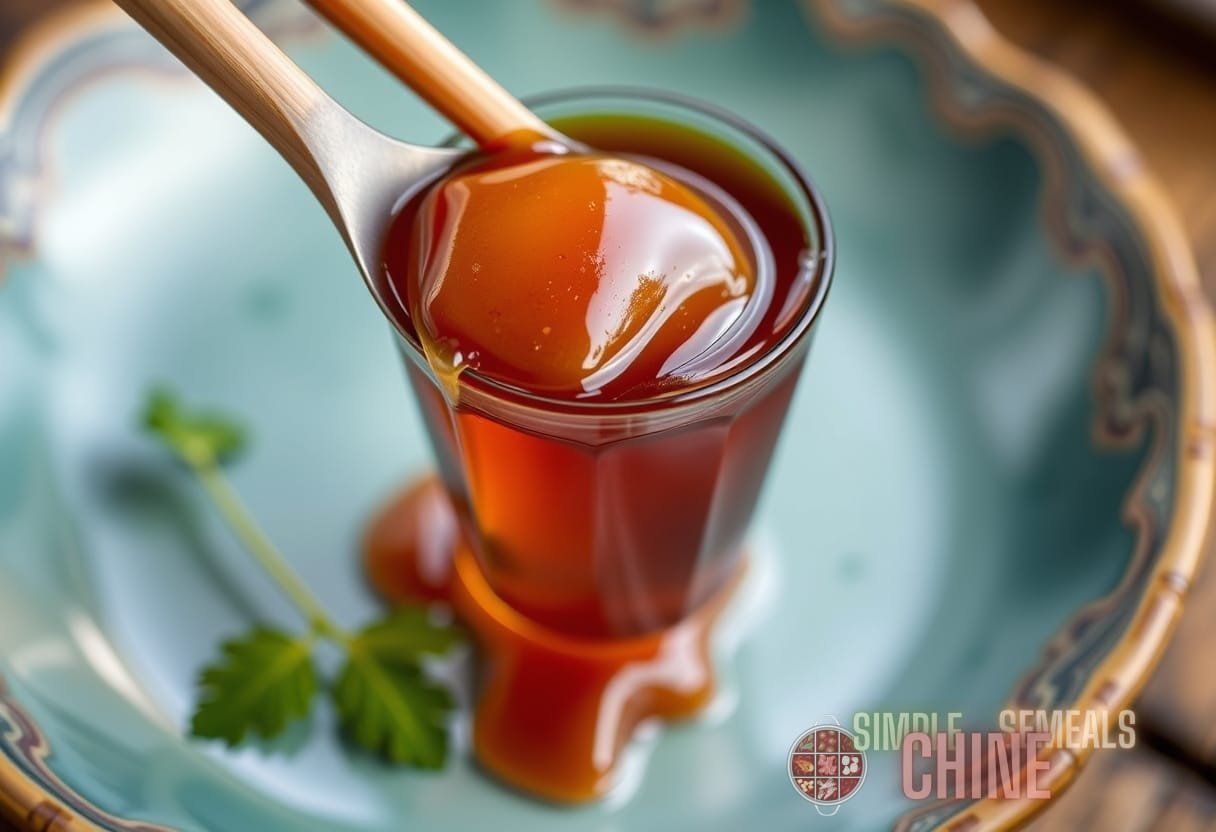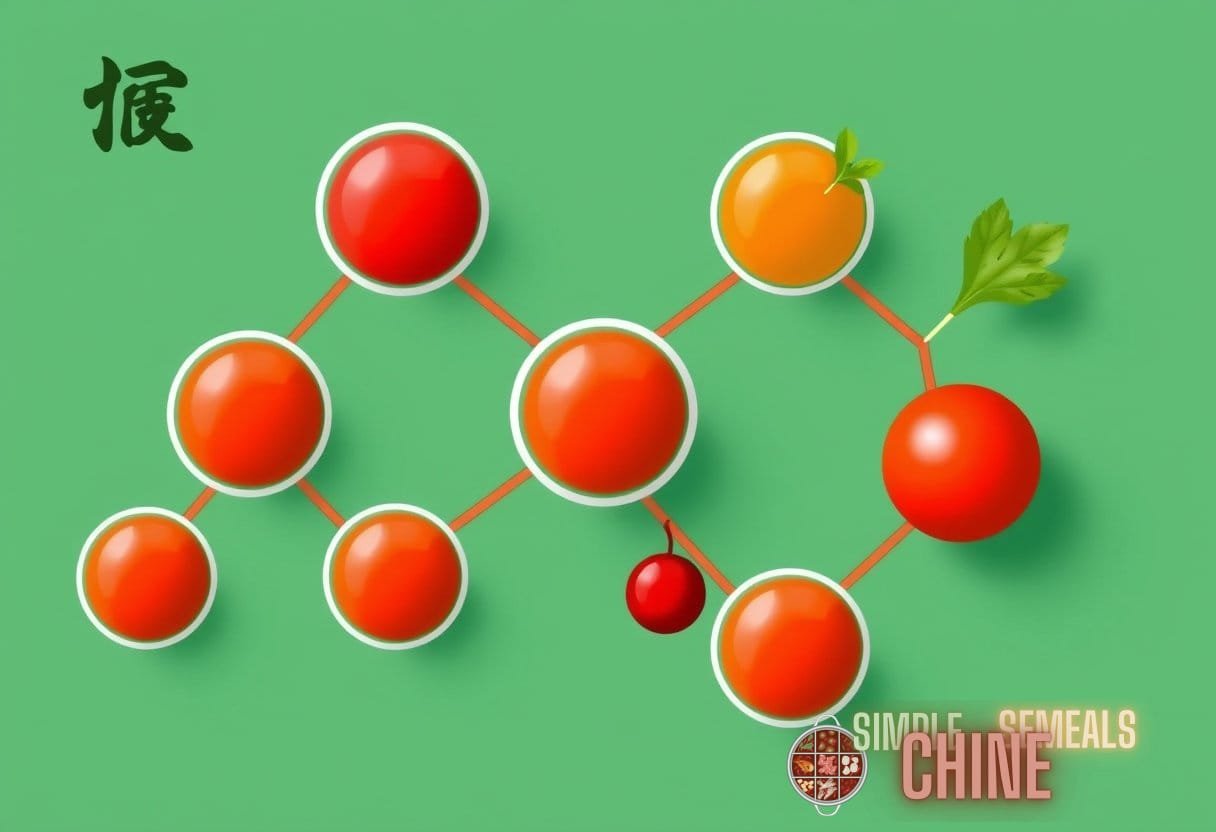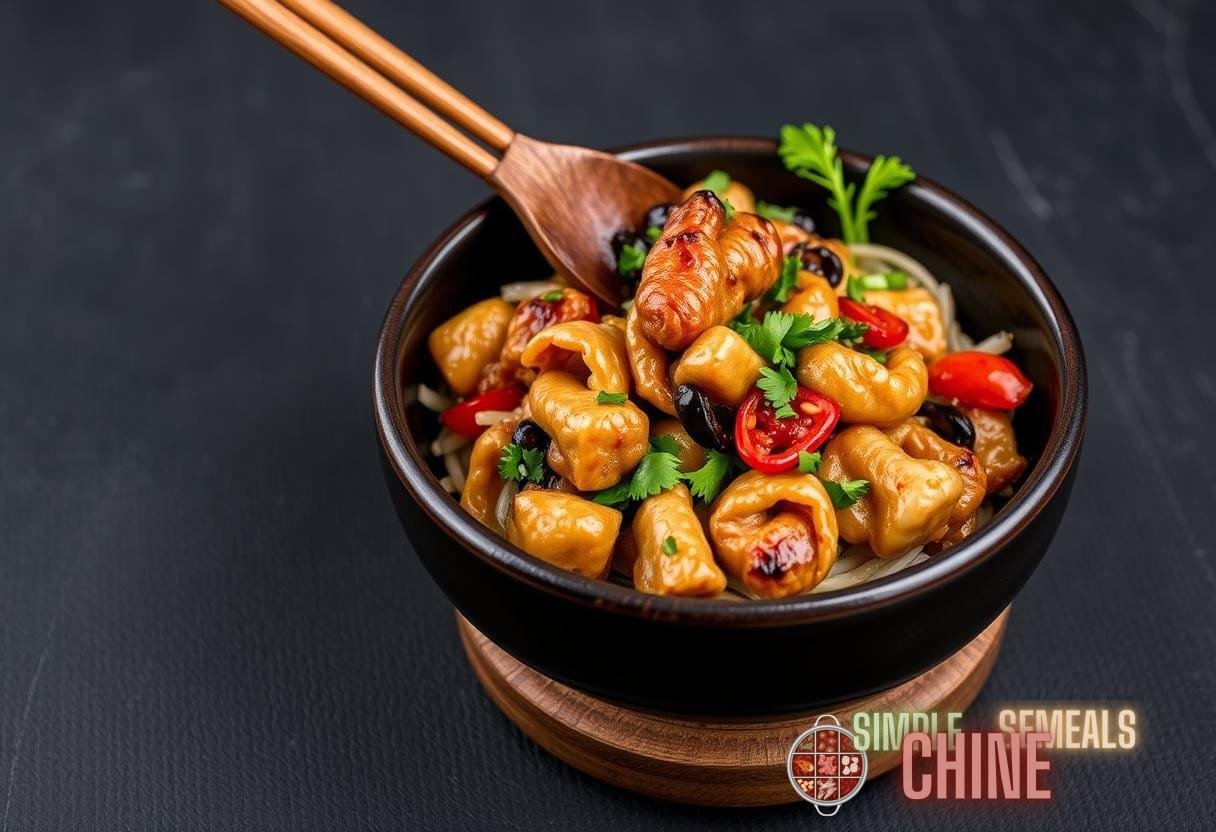Decoding the Chemistry of Aromatics: The Science Behind Flavor Enhancement in Chinese Cuisine
Chinese cuisine is renowned for its vibrant flavors and aromatic dishes that tantalize the taste buds. The secret to its exquisite taste often lies in the science of aromatics—the compounds that contribute to the distinctive smells and flavors of food. Understanding the aromatic flavor science behind these ingredients can enhance your culinary skills and deepen your appreciation for this rich culinary tradition.
The Role of Aromatics in Chinese Cooking
Aromatics are vital in Chinese cooking, acting as a foundation for the complexity of flavors found in many dishes. The primary aromatics used include garlic, ginger, scallions, and various spices. When sautéed, these ingredients release essential oils that interact with other components in the dish, creating a harmonious balance of flavors.
- Garlic: Known for its pungent aroma, garlic adds depth and richness to dishes.
- Ginger: With its zesty flavor, ginger provides warmth and a slight sweetness.
- Scallions: These offer a fresh, mild onion flavor, complementing other ingredients.
- Spices: Five-spice powder and star anise introduce a layer of warmth and complexity.
The Chemistry of Flavor
The concept of flavor is multi-faceted, involving taste, aroma, and chemical compounds that interact with our sensory receptors. The aromatic flavor science explains how our brains perceive flavor through the olfactory system, which is closely linked to taste. The following key components contribute to the overall flavor profile:
- Volatile Compounds: These evaporate easily and are responsible for the aromas we detect in food.
- Non-volatile Compounds: These contribute to the taste but do not evaporate, impacting the texture and mouthfeel.
- Flavor Synergy: When combining different aromatics, the overall flavor can be enhanced beyond the sum of its parts.
Essential Aromatic Ingredients in Chinese Cuisine
Several ingredients are indispensable in crafting authentic flavors in Chinese dishes. Each ingredient boasts a unique profile of volatile compounds that contribute distinctly to the dish:
- Sichuan Peppercorns: Release a citrusy aroma with numbing qualities. Used in dishes like Kung Pao Chicken.
- Star Anise: Contains anethole, giving a sweet, licorice-like aroma, foundational in braised dishes.
- Chilies: Add heat and complexity, impacting both aroma and taste.
The Science Behind Cooking Techniques
In Chinese cuisine, various cooking techniques, such as stir-frying and braising, play a crucial role in how aromatics are utilized:
Stir-Frying
Stir-frying is a cooking method that uses high heat and rapid movement to cook food swiftly. The process allows the aromatic compounds to become volatile, filling the kitchen with enticing scents. The Maillard reaction—an essential chemical reaction that occurs when proteins and sugars are heated—creates complex flavors that enhance the overall dish.

Braising
Braising, which involves cooking food slowly in liquid, allows for the aromatic flavors to infuse deeply into ingredients. The low and slow heat extracts flavors from spices and aromatics, creating a rich depth not achieved through faster cooking methods. This method is frequently used in dishes such as Red-Braised Pork.
Case Studies: The Impact of Aromatics in Popular Dishes
To better understand the role of aromatic flavor science in Chinese cuisine, analyzing specific dishes offers invaluable insights:
Kung Pao Chicken
Kung Pao Chicken is a classic dish that features a blend of chicken, peanuts, and aromatic spices. The ingredients work in tandem, with Sichuan peppercorns providing a buzz while the peanuts contribute a nutty fragrance. The combination of both heat and spice creates a complex flavor profile characteristic of this dish.
Peking Duck
Peking Duck exemplifies the significance of aromatics in flavor enhancement. The duck is coated in a sweet and savory marinade, which includes five-spice powder—integral for its aromatic quality. Slow-roasting the duck develops its skin’s crispiness, allowing the deep flavors to permeate the meat.
Flavor Pairing: The Science Behind Successful Combinations
Understanding flavor pairing is an essential aspect of aromatic flavor science. Some flavor combinations naturally complement each other due to shared volatile compounds or similar sensory profiles:
– Sweet and Spicy: The combination of sweetness from ingredients like hoisin sauce with the heat of chilies creates a balanced dynamic. – Sour and Savory: The use of vinegar alongside soy sauce in dipping sauces marries acidity with umami.The Cultural Implication of Aromatics in Chinese Cuisine
The use of aromatics transcends mere flavor enhancement—it reflects cultural beliefs and traditions. Food in Chinese culture is often intertwined with concepts of balance (Yin and Yang) and harmony. The skillful use of contrasting flavors and aromas serves to create a dining experience that appeals to all senses.
The Science of Aging and Fermentation
Aging and fermentation also play significant roles in flavor enhancement. Ingredients like soy sauce, rice vinegar, and fermented tofu develop complex aromas that deepen their flavors over time. These processes introduce new compounds that transform simple ingredients into rich, umami-laden essentials.
Global Influence of Chinese Aromatics
As Chinese cuisine has spread worldwide, so have its aromatic compounds and flavor innovations. Ingredients such as ginger and garlic are now staples in many international recipes, showcasing the global reach of aromatic flavor science. This fusion has given rise to new culinary styles, blending traditional elements with local flavors.
Conclusion: The Future of Aromatics in Culinary Arts
Understanding the underlying aromatic flavor science in Chinese cuisine enables cooks to appreciate the complexities and nuances of flavor profiles. As culinary techniques evolve and the interest in aromatics grows, the future of flavor enhancement holds endless possibilities for innovative cooks.



